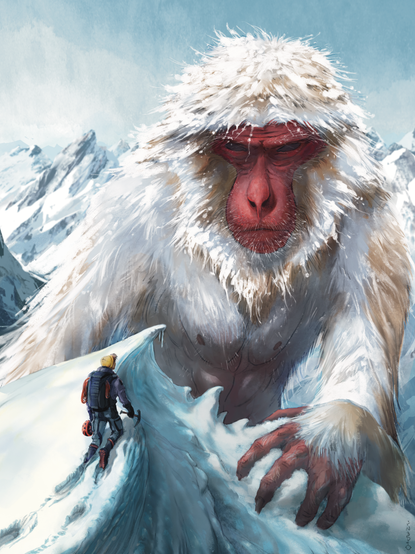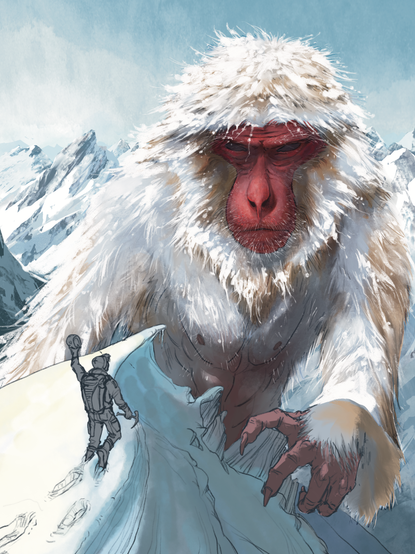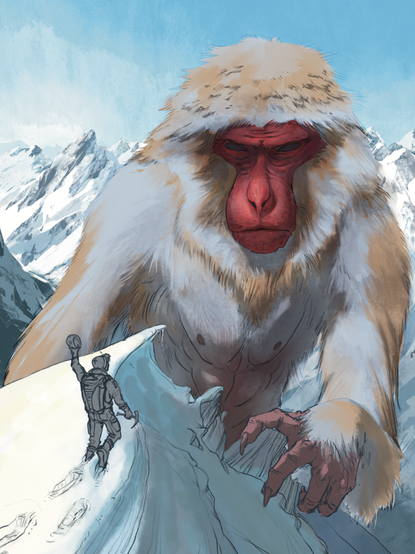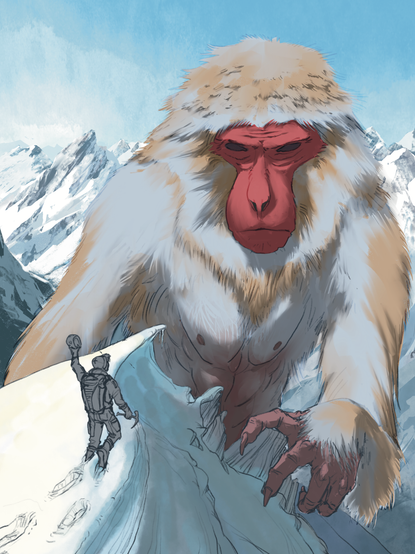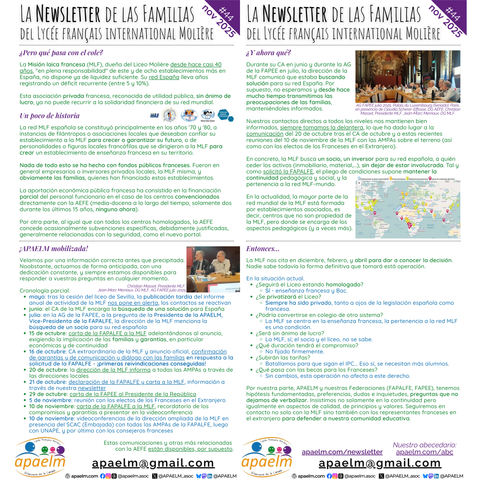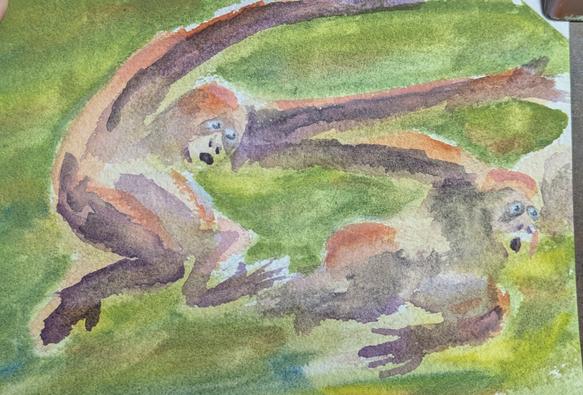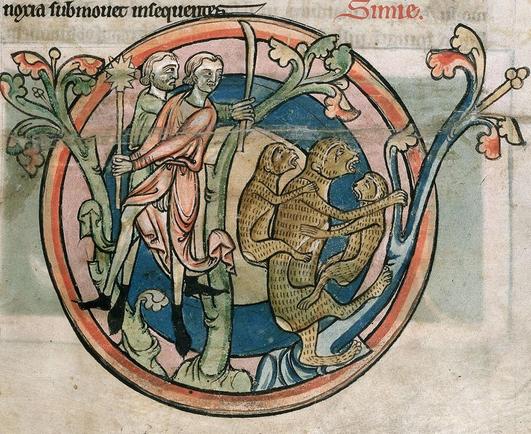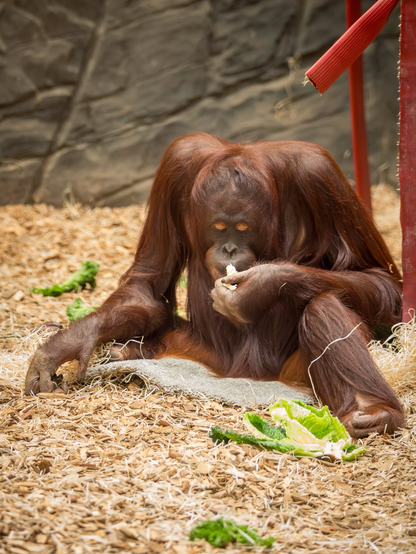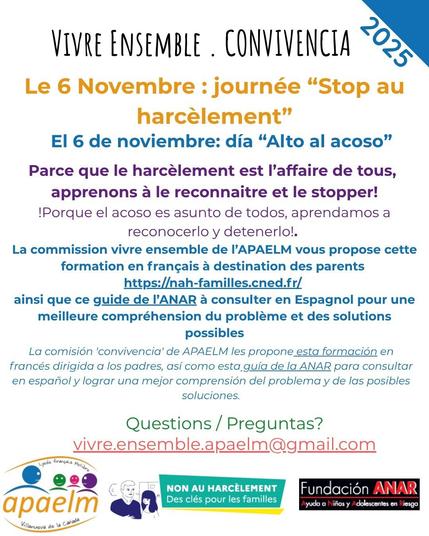#Ape
#Ape ancestors and #Neanderthals likely kissed, new analysis finds #evolution #behaviour #AnimalBehaviour
https://www.ox.ac.uk/news/2025-11-19-ape-ancestors-and-neanderthals-likely-kissed-new-analysis-finds
Ecole inclusive : Aménagements aux examens / Escuela inclusiva: Adaptaciones en los exámenes
Inscription / Inscripción:
https://apaelm.com/event/webinaire-amenagements-aux-examens
- cebep.apaelm@gmail.com -
#LFIMolière #somoslfim #noussommeslfim
#EBEP #NEE #écoleinclusive #escuelainclusiva
#compromiso #AMPA #engagement #APE
Watercolor illustration for Tao Haptism https://bsky.app/profile/taohaptism.bsky.social
Strong guy!! 💪
#furry #furryart #furryartwork #ape #watercolor
Newsletter EXTRA nov 2025
MLF España, Liceo, hacia qué futuro.
MLF Espagne, Lycée, vers quel avenir.
📰 https://apaelm.com/newsletter
ℹ️ apaelm@gmail.com
#LFIMolière #somoslfim #noussommeslfim
#AEFEinfo #MLFmonde
#FAPEE #fapalfe
#compromiso #AMPA #familias
#engagement #APE #familles
Lorde to headline All Points East 2026 with all-female lineup - #lordemusic @lorde #lorde #AllPointsEast #APE @allpointseastuk #allpointseastuk
Read the full article here: https://ift.tt/FaCwIMy
More at Music-News.com
Non mi parlare di design, di arredamenti e metri quadri
basta un open space per contenere i miei disagi.
#Ape - L.M.S.
#RapQuotes #RapItaliano #aforismadelgiorno #mastomusic #mastomusica #rap #Aforismi #Aforisma #mastoradio #UnoRadio #UnoMusica
https://www.tkhunt.com/2152500/ Amazonのシャークパーカーたけぇよ #ファッション #コーデ紹介 #購入品紹介 #ape #abathingape #shorts #fashion #ファッション
According to medieval bestiaries, apes always give birth to twins - one which the mother loves and one which she hates. When she carries her young, the mother holds the loved one in her arms, but the hated one clings to her back. Ironically, this means the loved one is more easily dropped.
#WyrdWednesday #Mythology #Folklore #Medieval #MiddleAges #Bestiary #Animal #Ape
⛷️ ¡Prepararos! ¡Calentar los esquís! ❄️ Préparez-vous ! Chauffez les skis ! 🏂
ℹ️ reuniones > 11 + 12 < réunions ℹ️
https://apaelm.com/ski-carnaval-2026
#LFIMolière #somoslfim #noussommeslfim
#compromiso #AMPA #engagement #APE
Războiul împotriva patimilor îl primește Dumnezeu ca pe osteneala pustnicilor Au nu izgonim, prin lupta împotriva poftelor, pe dracul desfrânării; prin strădanie, pe al lenii; prin blândeţe, pe al mâniei; prin răbdare, pe al pismei; prin tăcere, pe al grăirii de rău şi al altor multe patimi? 👉 https://c.aparatorul.md/xhv9g 👈 #adunare #ape #Cuvântăriduhovnicești #Inviere #lepros #locuri #Minuni #morţi #Neamuri #Nume #Oraşe #orbi #Pământ #SfântulTeodorStuditul #sti...
https://c.aparatorul.md/xhv9g
Orangutan #animal #zoo #colchesterzoo #orangutan #ape #photo #photography
Războiul împotriva patimilor îl primește Dumnezeu ca pe osteneala pustnicilor Au nu izgonim, prin lupta împotriva poftelor, pe dracul desfrânării; prin strădanie, pe al lenii; prin blândeţe, pe al mâniei; prin răbdare, pe al pismei; prin tăcere, pe al grăirii de rău şi al altor multe patimi? 👉 https://c.aparatorul.md/ly0cd 👈 #adunare #ape #Cuvântăriduhovnicești #Inviere #lepros #locuri #Minuni #morţi #Neamuri #Nume #Oraşe #orbi #Pământ #SfântulTeodorStuditul #sti...
https://c.aparatorul.md/ly0cd
comedor - cantine.apaelm@gmail.com -
Sobre el terreno. Sur le terrain.
#LFIMoliere #colevisa
#somoslfim #noussommeslfim
#compromiso #AMPA #engagement #APE
convivencia - vivre.ensemble.apaelm@gmail.com -
Todos los enlaces / Tous les liens
➡️ https://apaelm.com/wp-content/uploads/2025/11/APAELM-CONVIVENCIA-20251106.pdf
#LFIMoliere #compromiso #AMPA #engagement #APE
#AltoAlAcoso #FundacionANAR
#StopAuHarcelement #NonAuHarcelement
https://www.tkhunt.com/2143356/ Amazonたけぇよマジで… #ファッション #コーデ紹介 #購入品紹介 #ape #abathingape #shorts #fashion #ファッション
apaelm@gmail.com
https://apaelm.com/events
#LFIMoliere
#compromiso #AMPA #engagement #APE
📆 J 6 & 13 NOV 11h30-13h
Conferencia: Autocuidado corporal para vivir mejor 😀
🙋 presencial/présentiel
📧 conferencias.apaelm@gmail.com
https://apaelm.com/events
#LFIMolière #somoslfim #noussommeslfim
#compromiso #AMPA #engagement #APE
